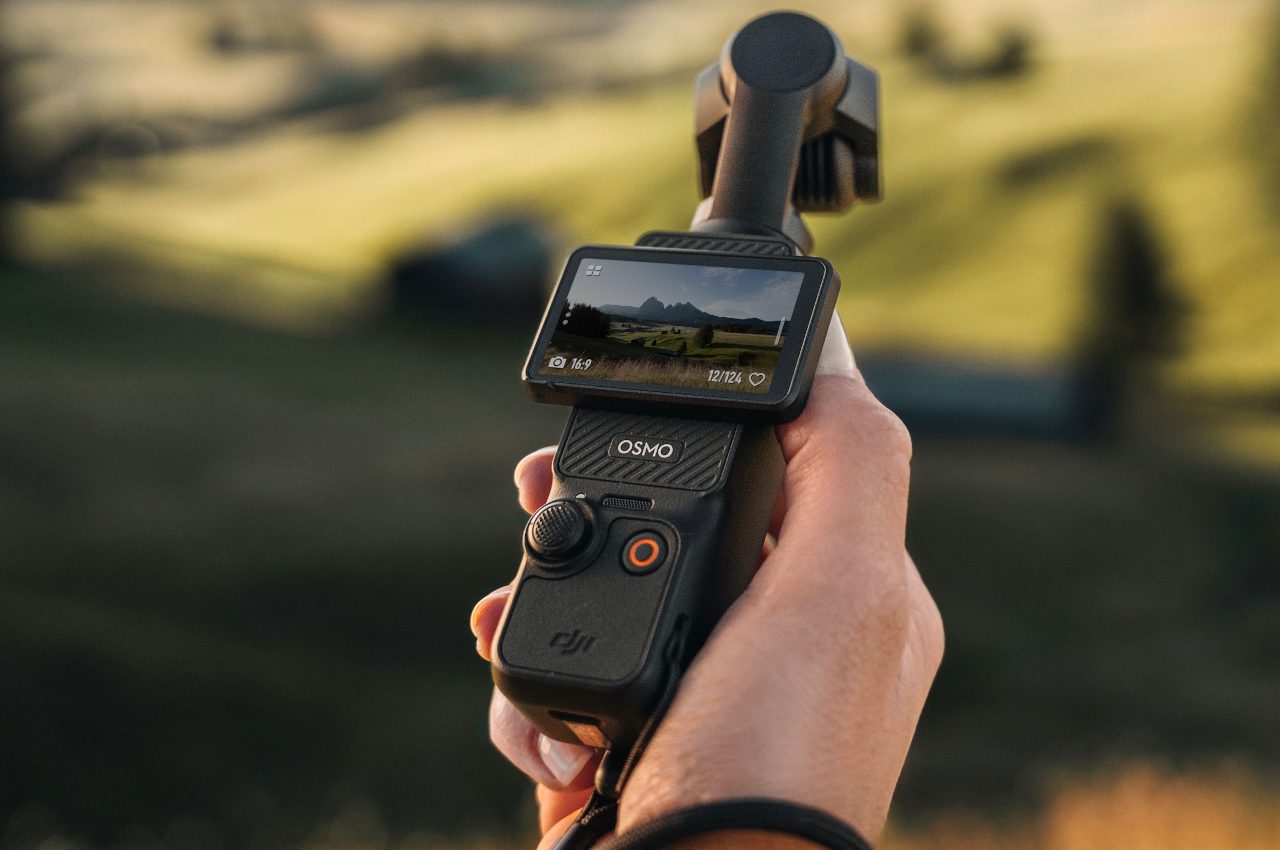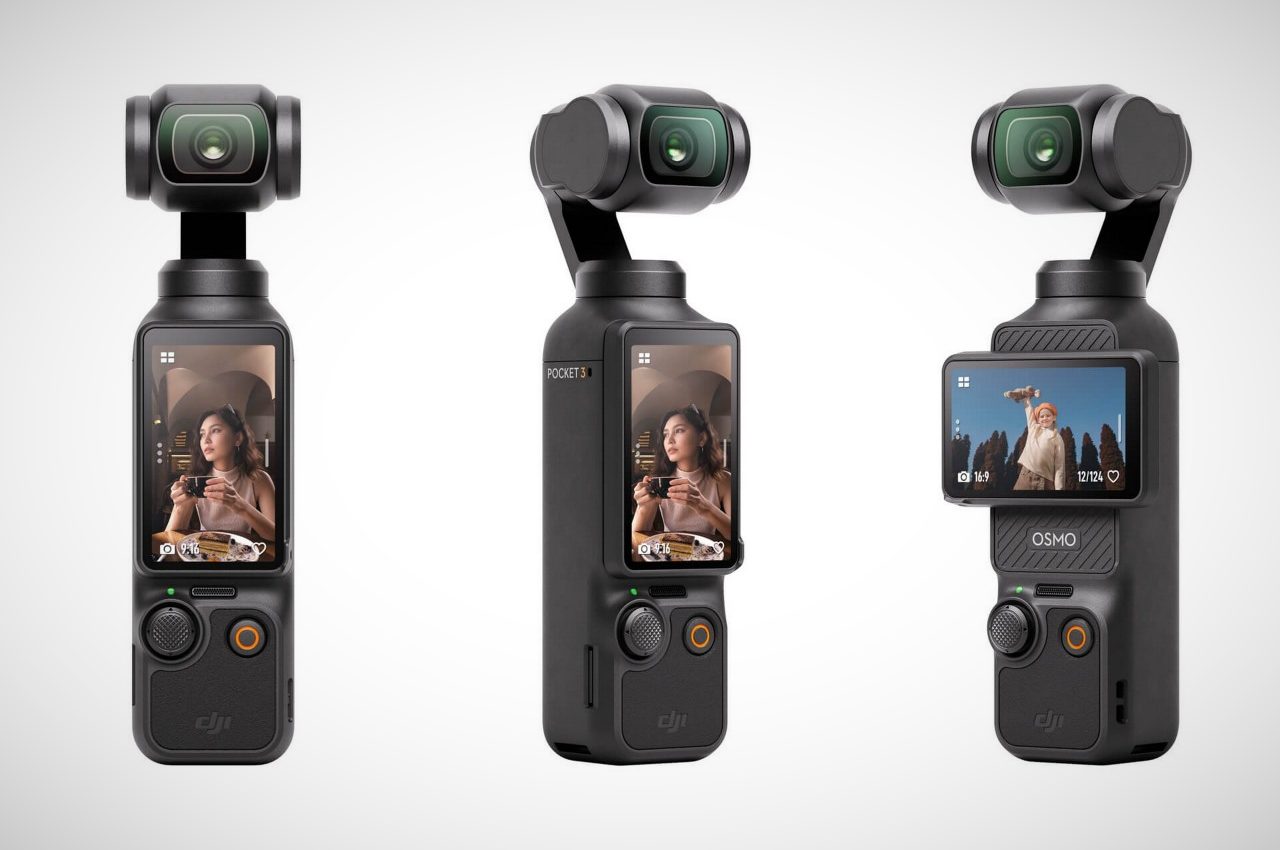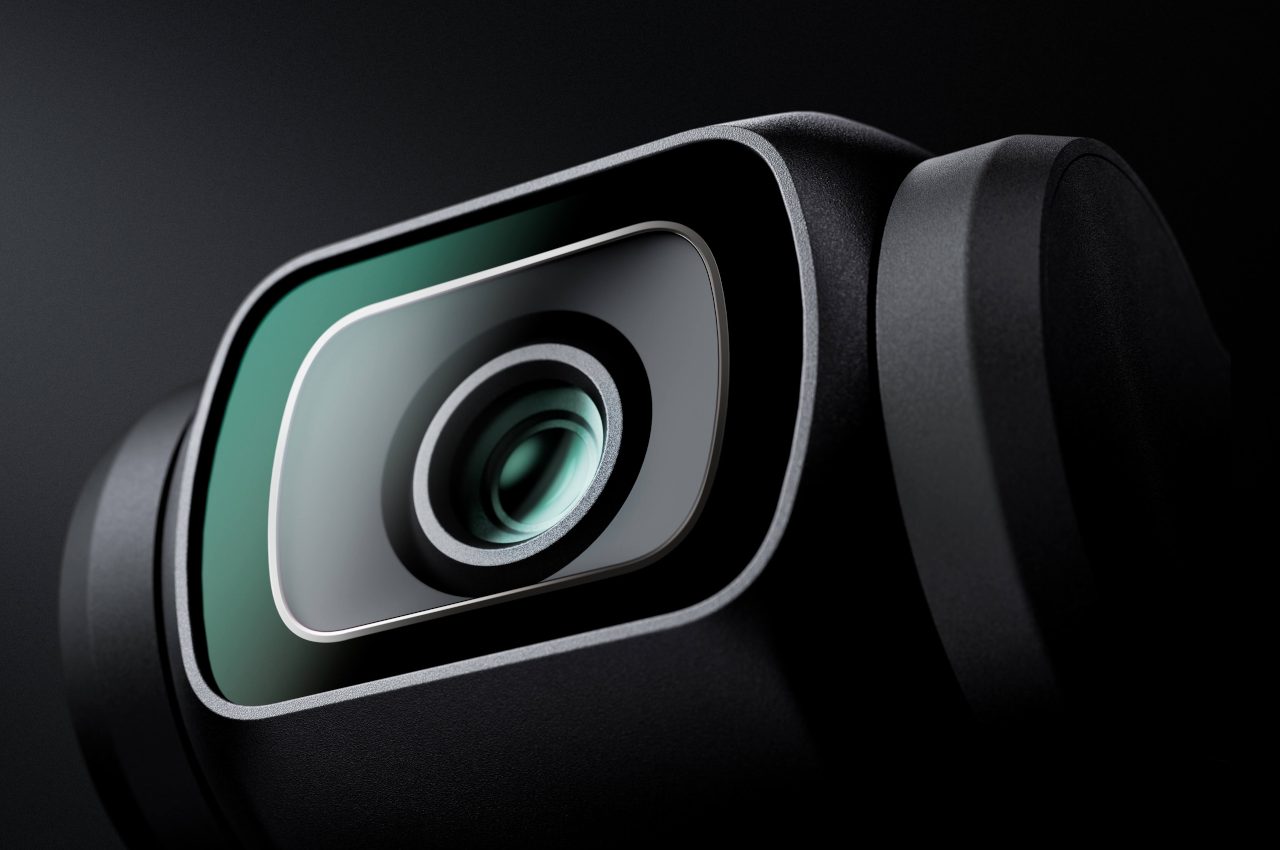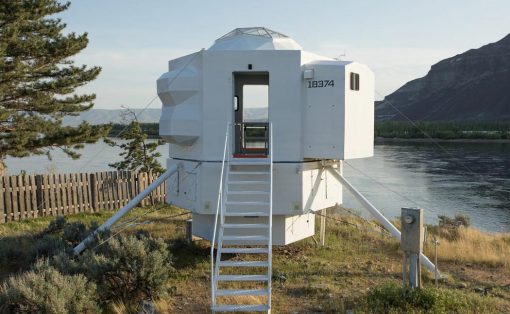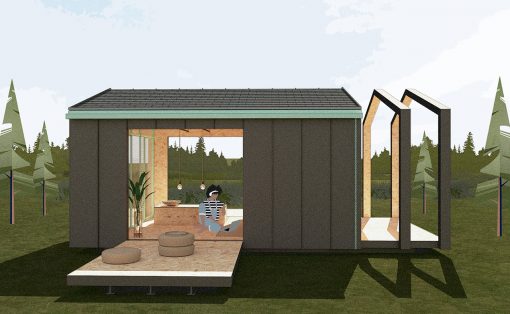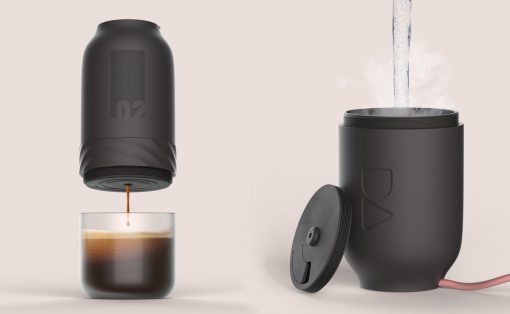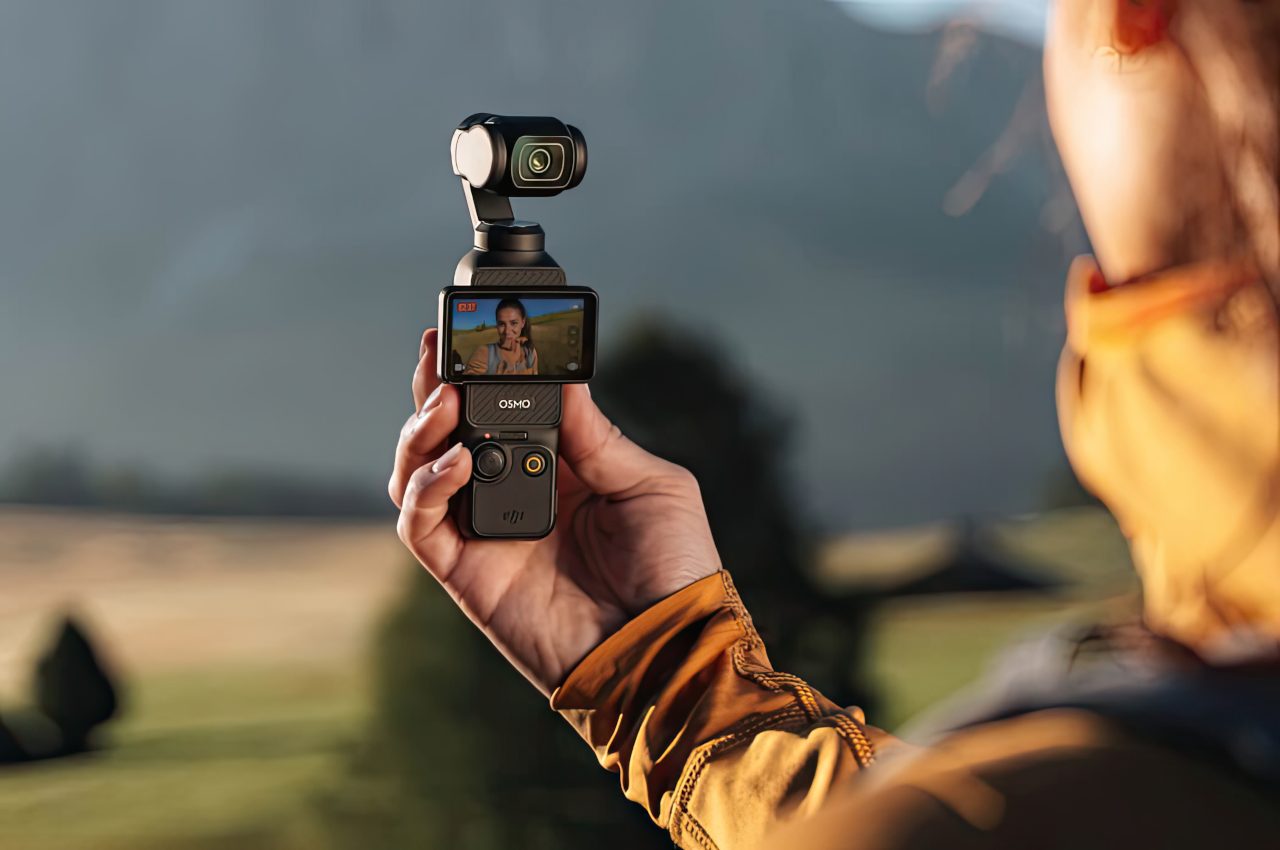
DJI is usually known for producing top-tier camera drones like the DJI Mini 4 Pro. It also makes the DJI Osmo Pocket, a mini action cam built into a gimbal you can fit in your pocket (as the name suggests). On October 25, the DJI team officially released its newest Osmo Pocket 3 camera, catering to vloggers on the move with a 1 inch CMOS that can do some pretty wild things in a relatively tiny package. The most immediate draw is its ability to record 1080p footage at 280 frames per second and 4k footage at 120 frames per second in slow motion mode, or record 10-bit HDR footage at 4k60. Those two features mean it can expertly capture intense action in one shot, and then capture sweeping vistas in the next shot with eye-watering color depth.
Designer: DJI
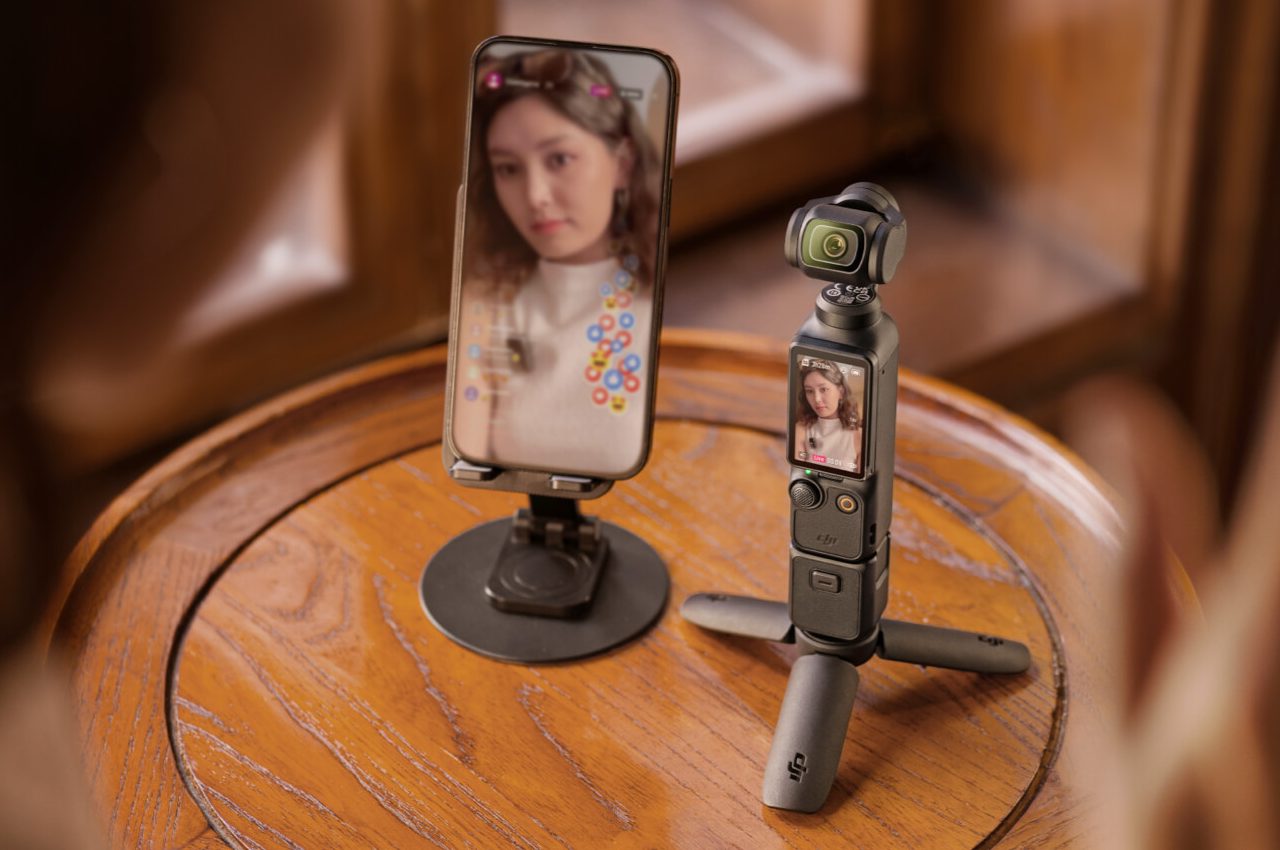
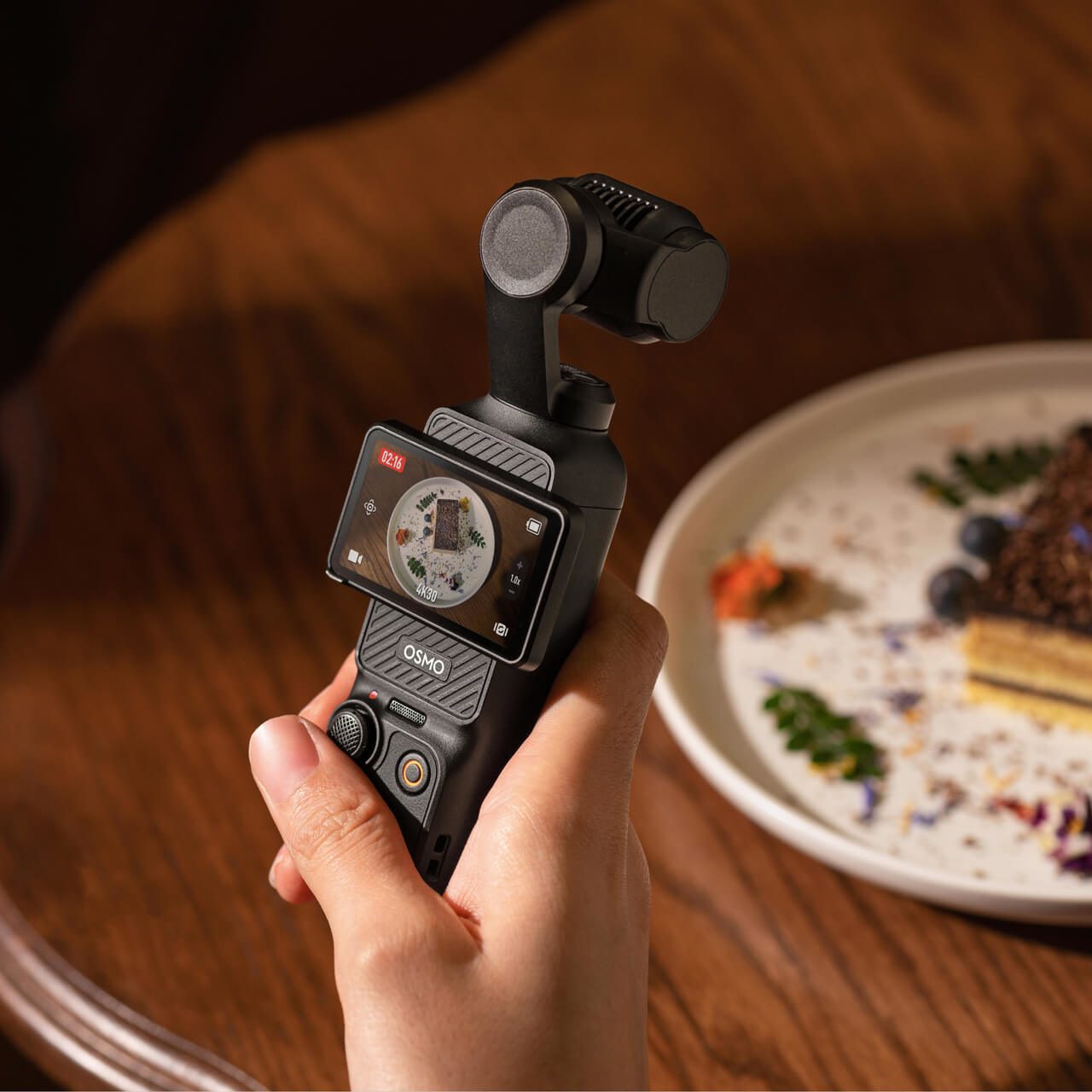
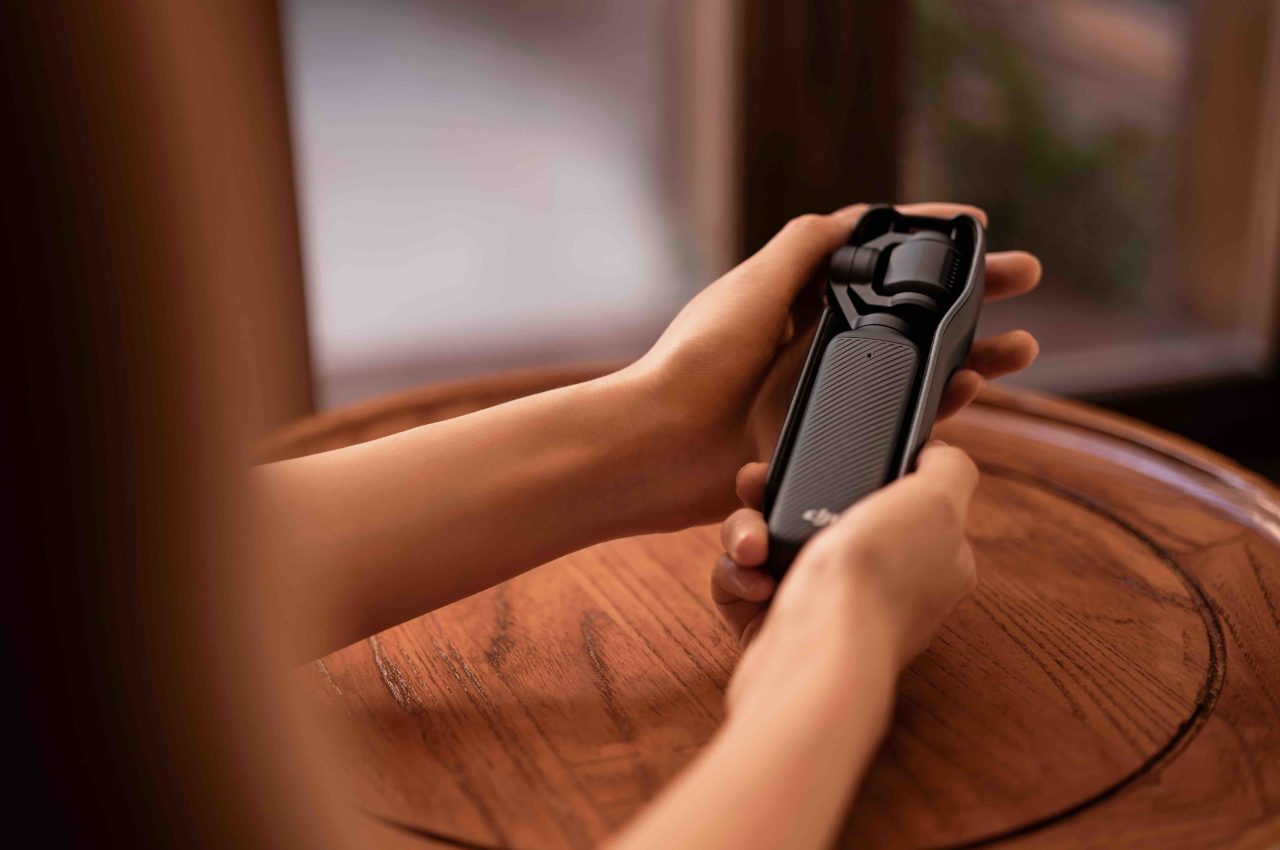
It also has a 2 inch OLED touchscreen that rotates between landscape and portrait mode, letting you switch between widescreen and vertical aspect ratios. PCMag mentioned those touch controls are responsive and easy to find, letting the reviewer easily set up face tracking mode and switch between zoom modes. In general, reviews skew positive, with The Verge singing the new device’s praises despite a $170 price hike over its predecessor. To be clear: the DJI Osmo Pocket 3 comes in at an MSRP of $519, but it sounds like its sizable upgrades plus its compact form factor make it worth that price.
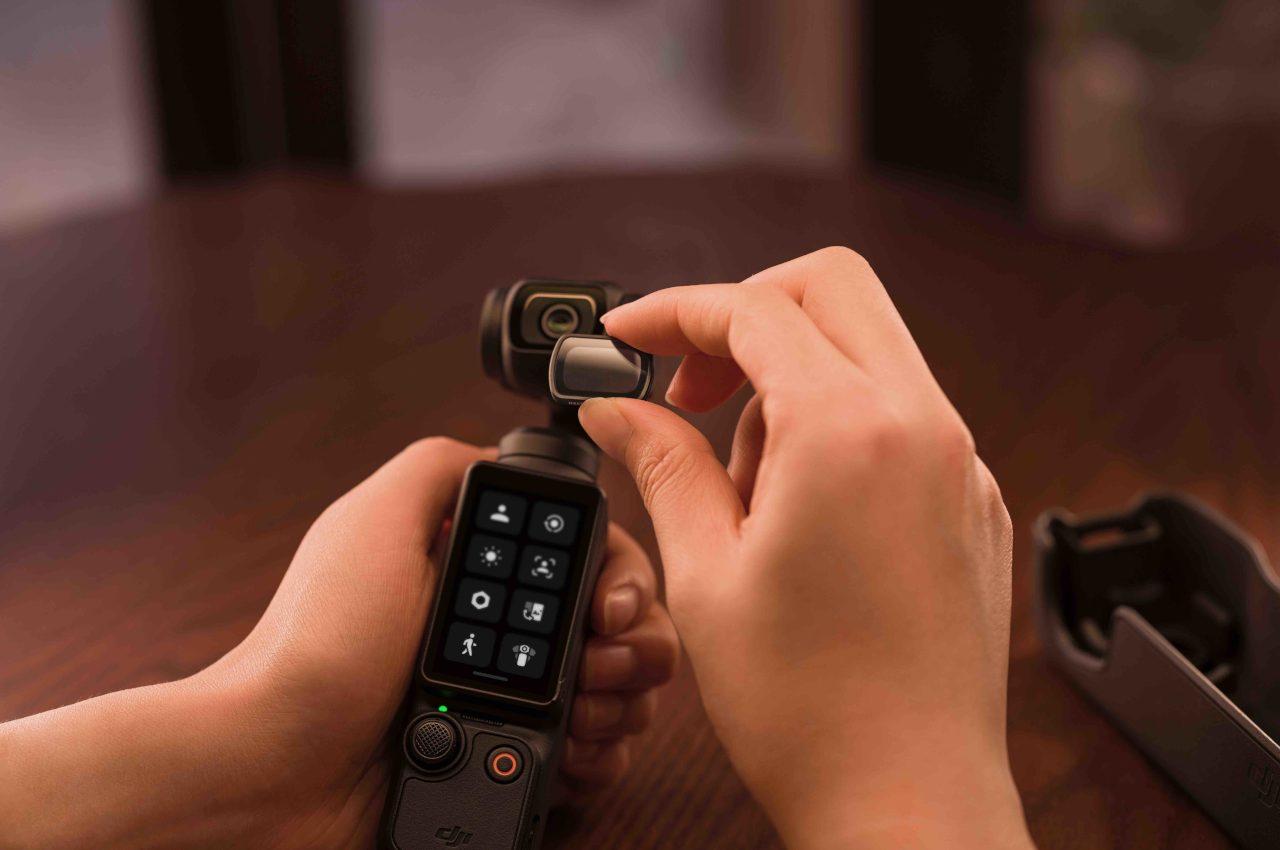
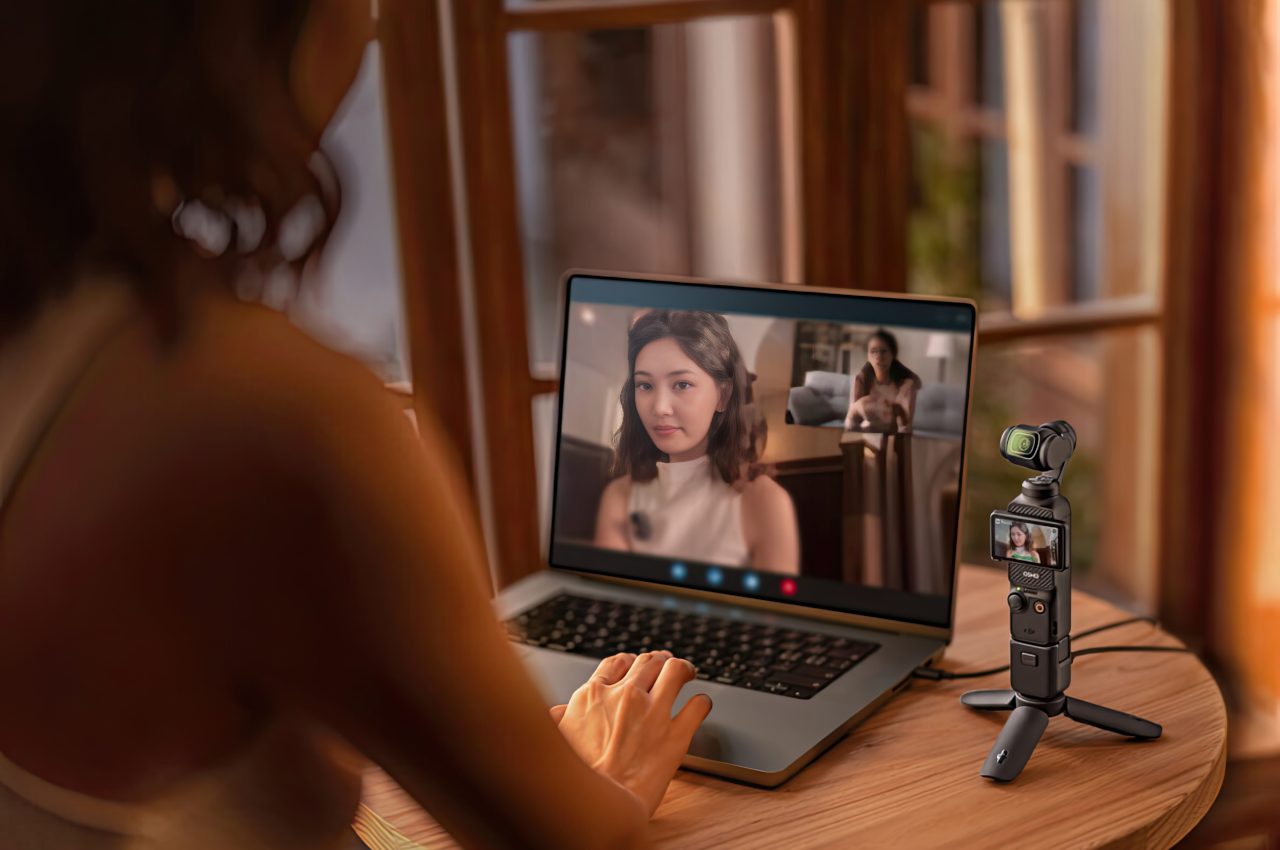
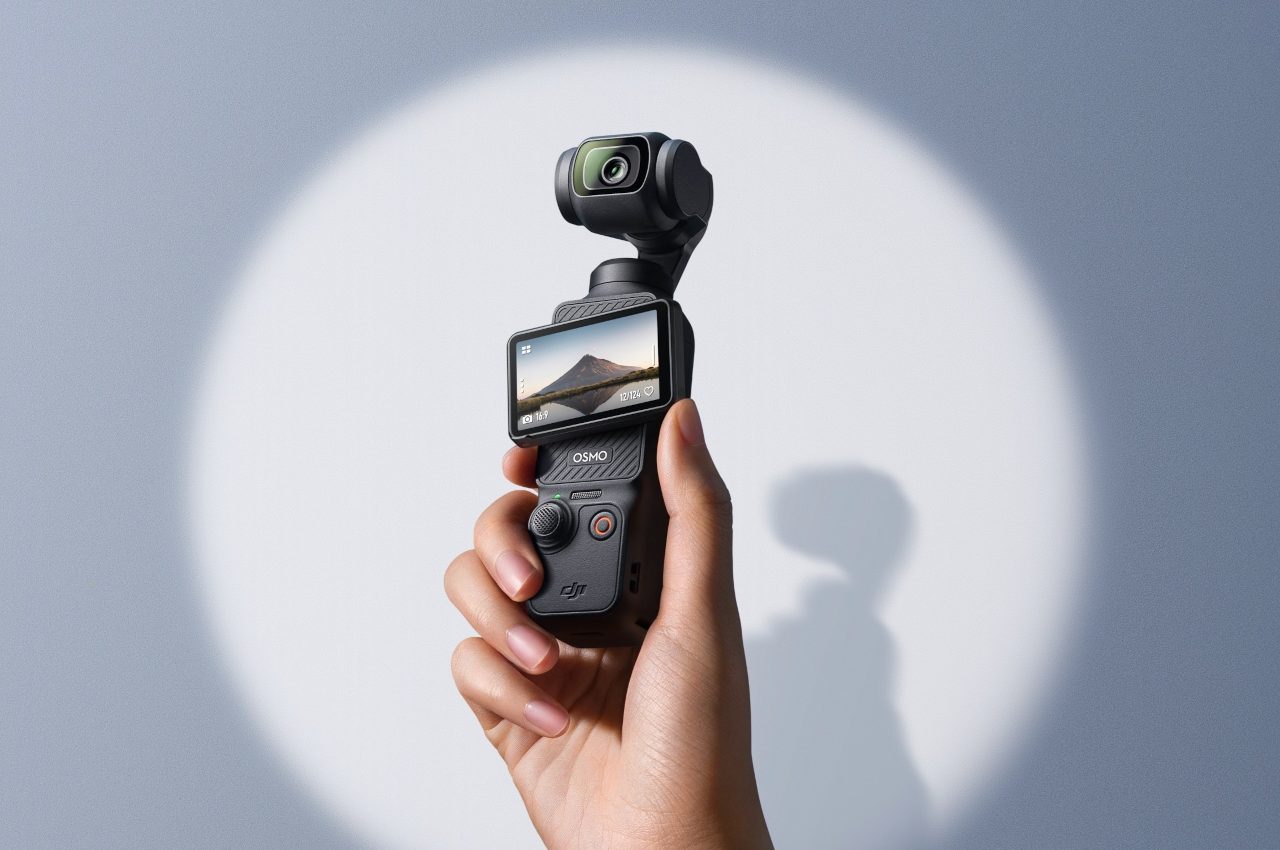
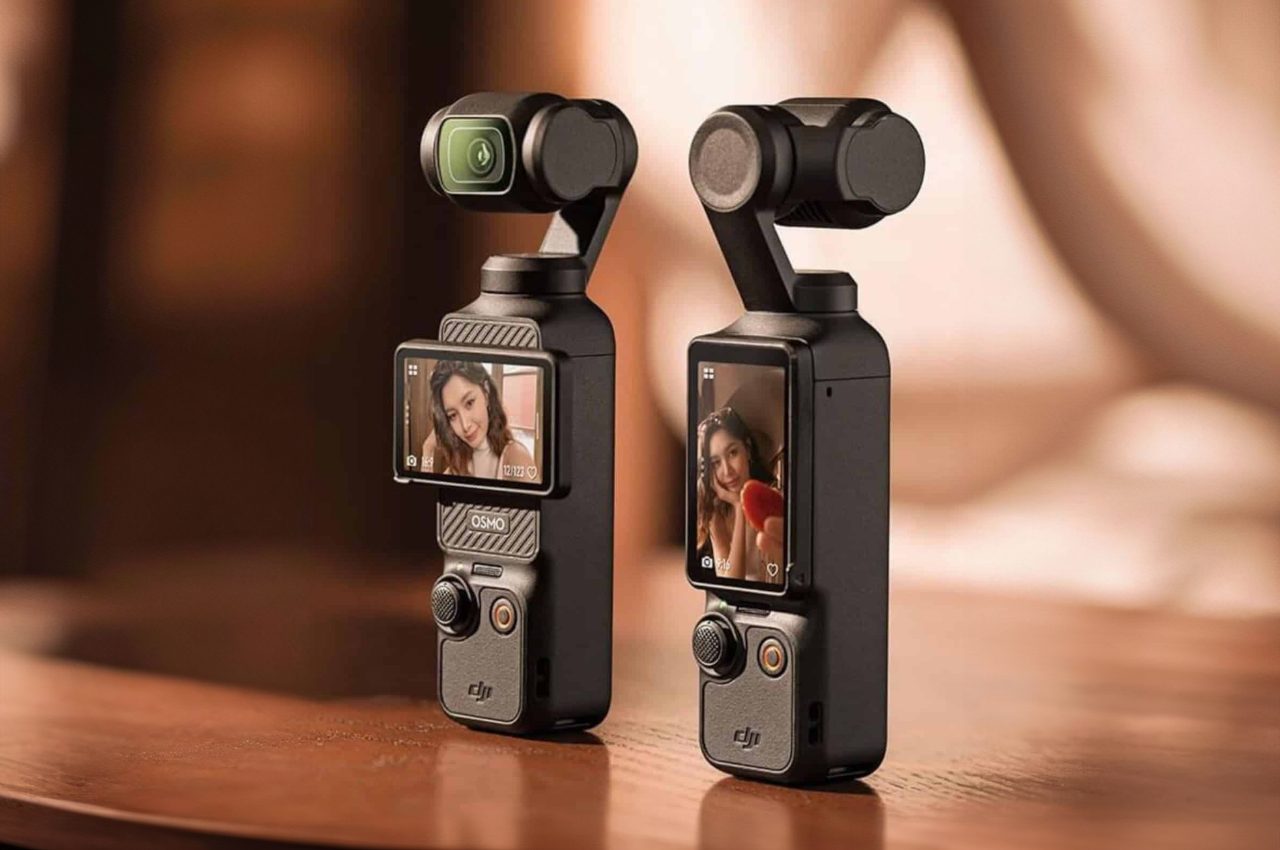
DJI itself had a few interesting comparisons to make between the Osmo Pocket 3 and earlier versions. For instance, the company claims it can charge to 80% in 16 minutes, versus the Osmo Pocket 2, which evidently took about 48 minutes to reach the same level of charge. TechRadar corroborated this figure, saying, “The recharge speed is unbelievably quick, with a full charge achieved in only 32 minutes, less than half the time of the Pocket 2. This is even more impressive considering that 80% battery is reached in just 16 minutes.”
However, the new gimbal camera isn’t perfect. It sounds like it struggles with minor overheating issues during filming, and it may not be rugged enough to withstand the adventures its small size suggests it would be optimal for. This is due to its vented design (which is supposed to offset overheating) according to PCMag’s Jim Fisher, who noted that it isn’t weatherproofed and thus probably wouldn’t be great to take into a large body of water or to a particularly dusty location.
Still, it’s an exciting new toy for videographers and — like DJI recommends — vloggers who want to take high-quality footage on the go.
